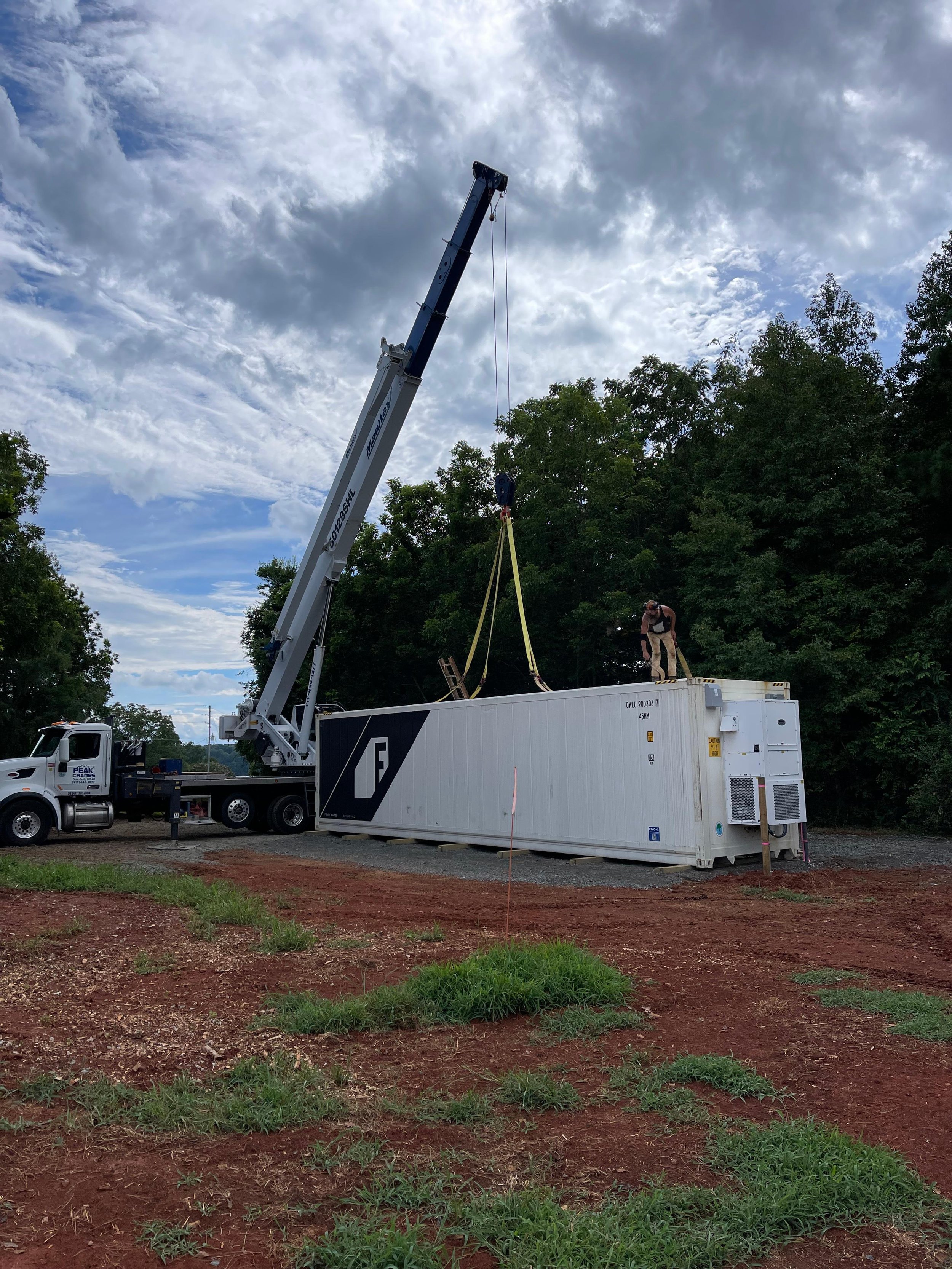Freight Farms vs. Greenhouse Gardens: Which is Better for Universities?
Universities worldwide are increasingly adopting sustainability initiatives, with food production emerging as one of the key areas of focus.
Questions about their food’s origin, transportation distance, and freshwater consumption have prompted institutions to consider on-campus food production. Beyond growing food on-site to serve in dining halls, universities see this initiative as an educational opportunity for students.
This article compares Freight Farms and traditional greenhouse gardens to determine which method of growing food is more suitable for universities based on technology, efficiency, cost, and educational value.
Freight Farms Overview
Freight Farms leads agricultural innovation with the Greenery™, a hydroponic container farm that enables year-round food production in any climate.
The Greenery is equipped with advanced climate control and growing systems, ensuring that any farm operator, regardless of experience or skill level, can seamlessly manage food production operations from seedling to harvest.
Greenhouse Gardens Overview
For decades, traditional greenhouse gardens have been a staple in educational agriculture. These structures use glass or plastic walls to create controlled environments, utilizing natural sunlight for plant growth.
Like container farms, greenhouse gardens extend the growing season, protect against pests, and effectively promote plant growth in diverse climates. However, they require significant space and can be limited by seasonal changes and external weather conditions.
Comparison Criteria
To comprehensively compare Freight Farms with greenhouse gardens, we will consider several key factors:
Cost Analysis: Initial investment and ongoing expenses
Yield: Productivity per square foot
Space Efficiency: The footprint required and the ability to operate in constrained environments
Sustainability: Impact on the environment and resource usage
Educational Value: Opportunities for student learning and research
Cost Analysis
Initial Setup Costs
Freight Farms' units are designed as turnkey solutions, which, despite the initial higher investment compared to basic greenhouses, include all necessary systems for hydroponic farming.
This comprehensive setup reduces the need for additional infrastructure expenses, such as irrigation and climate control systems, which are often not included in the initial cost of setting up a traditional greenhouse.
Long-Term Financial Benefits
While hydroponic systems like Freight Farms have higher upfront costs, the operational savings over time can be substantial.
These savings are derived from reduced water and nutrient requirements, less pest management, and minimal crop loss due to weather conditions or disease.
The water recycling capabilities in a Freight Farm allow farmers to grow high-quality, consistent crops every week using 90% less water than traditional soil farming. In addition, the container farm’s controlled environment eliminates the need for pesticides, minimizing the cost and environmental impact of chemicals.
Yield
Freight Farms can produce 990 heads of lettuce per week, which is highly competitive compared to the yield per square foot of traditional greenhouses. This high-density, vertical farming approach not only maximizes yield but also dramatically increases the efficiency of the space used.
Space Efficiency
One of Freight Farms' major advantages is its minimal spatial footprint. Each Greenery container covers only 320 square feet, ideal for universities with limited available land.
In contrast, traditional greenhouses would require a much larger area to achieve similar yields, factoring in space for external infrastructure and walkways.
Sustainability
The Greenery operates on a closed-loop hydroponic system, significantly reducing the farm's water footprint by eliminating runoff and minimizing freshwater usage. The farm's self-contained nature also means it’s less dependent on weather conditions, reducing the energy required for heating and cooling compared to a traditional greenhouse that must adapt to external environmental changes.
Educational Impact
The Greenery serves not only as a farm but also as a dynamic educational tool. Students can engage directly with cutting-edge agricultural technology while monitoring and optimizing plant growth through farmhand®, the farm automation software that provides full access to the container farm’s operations.
Freight Farms has outlined a comprehensive curriculum guide that integrates with existing STEM programs, providing hands-on learning experiences in sustainable agriculture, engineering, data analytics, and more.
Case Studies of Freight Farms on Campuses
Several universities have successfully integrated Freight Farms into their curriculum and sustainability initiatives.
For example, Saint Joseph’s College of Maine has implemented a Freight Farm Freight on their campus as a student-managed work-study resource, contributing to the dining services’ local food sourcing goals and educational programs in sustainable food production.
Auburn University also uses its on-campus Freight Farms as teaching tools, allowing students to conduct research and explore alternative agriculture while producing literal tons of food for the dining hall to serve.
Conclusion
When compared to traditional greenhouse gardens, Freight Farms offers a more efficient, sustainable, and educationally valuable solution for universities. Its advanced technology, reduced spatial footprint, and superior yield efficiency make Freight Farms a practical choice for urban settings and a pioneering tool in the evolution of campus sustainability efforts.
With the ability to significantly lower costs over time, coupled with robust educational programs, Freight Farms stands out as the optimal choice for educational institutions looking to invest in the future of agriculture and student learning.










